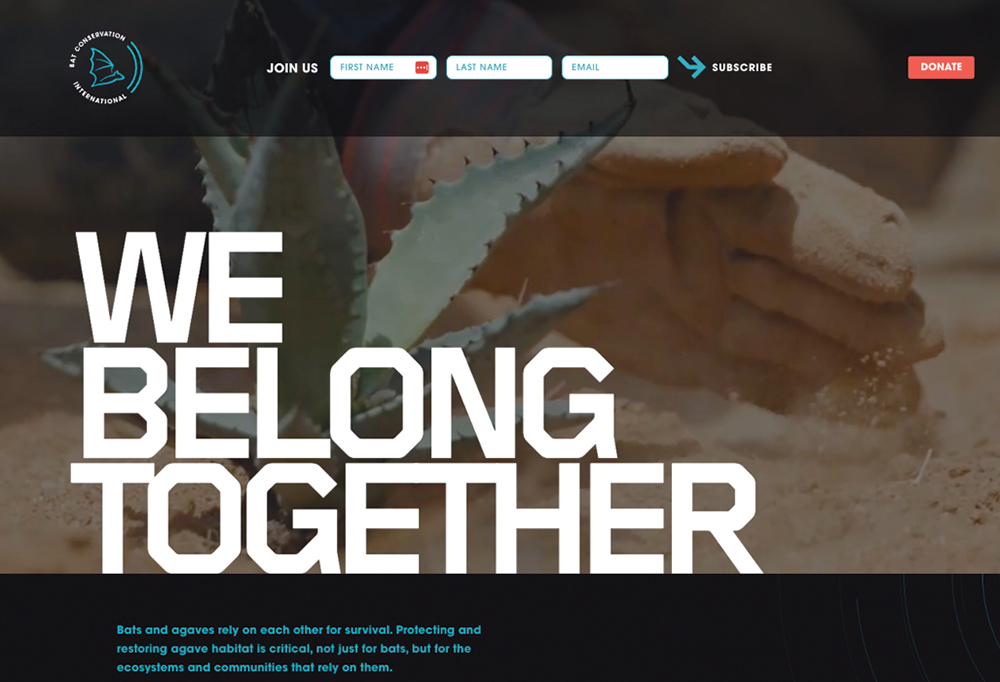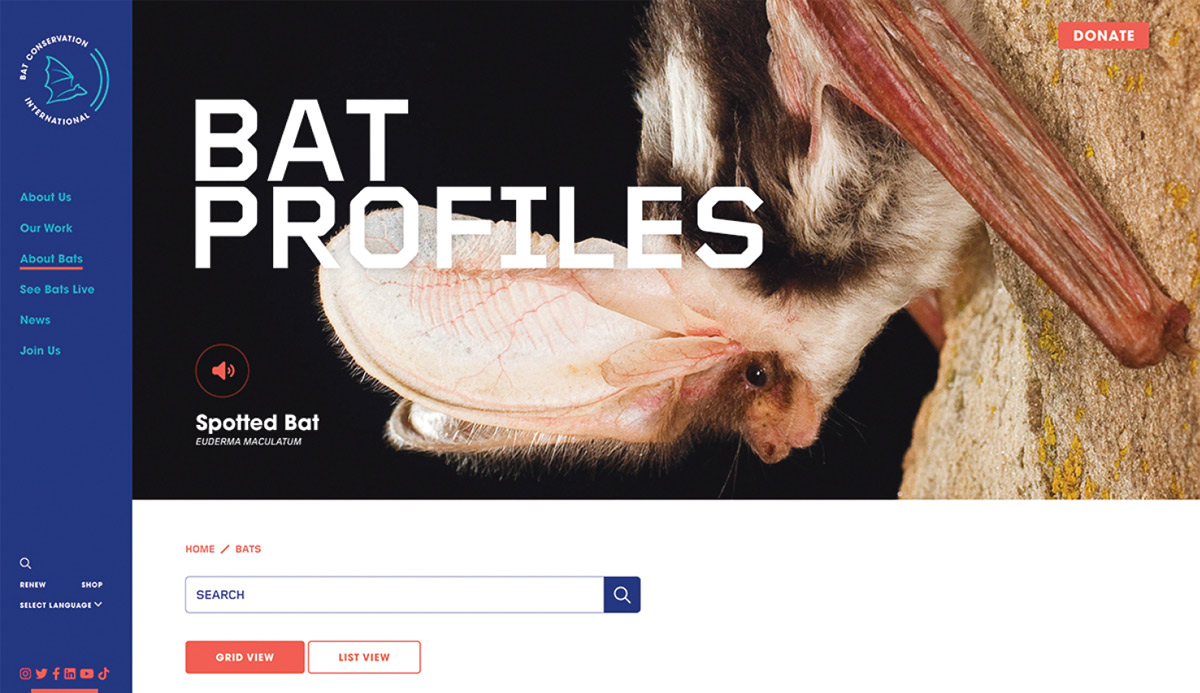batsignals

Bat Signals

Coming Together to Protect Nivalis
Researchers are working to learn more about the bats’ migration corridor and how they are moving, drinking nectar from agaves and other flowering plants, like columnar cacti, pollinating them along the way. Agaves and other plants used by bats are also used by humans for various purposes. Agaves are used to produce beverages like mezcal and tequila, as well as other products, such as rope, paper, and animal feed. These bats also provide other ecosystem services, like pollinating a variety of crops, including pitaya.
During the meeting, the members worked on planning efforts, including working to find more of the species’ roosts to protect them, as well as to identify and protect migration corridors. For future steps, partners also discussed coordinating with communities on sustainable practices for agave production, informing the public about the species, updating Management Plans of the Protected Natural Areas, and working on climate mitigation and adaptation approaches to benefit the species.
Bat Facts
Learn about the Endangered Florida bonneted bat (Eumops floridanus), with a handy button to listen to the bat’s distinctive call. See the beautiful giant golden-crowned flying fox (Acerodon jubatus), which lives in Southeast Asia, and learn all about its frugivore diet, primarily comprised of figs.
Top up your bat knowledge and immerse yourself in these winged mammals’ worlds by browsing BCI’s revamped bat profile page.
We Belong Together

This campaign, which includes a series of films by Chris Gallaway of Horizonline Pictures, focuses on BCI’s Agave Restoration Initiative. The initiative involves BCI and more than 65 partners from the U.S. and Mexico working together to collect seeds, grow agaves, and plant them in priority areas for bats. Another component supports communities implementing sustainable agricultural and ranching and developing community-based green businesses.
Agaves have a long history in religion and Mexican culture. They are important resources cultivated by farmers and harvested to make products like tequila, mezcal, bacanora, aguamiel, pulque, and agave syrup. The leaves, stalks, and rosettes of agaves are also used to feed livestock and to make rope, paper, fabric, and soap. Additionally, agave plants have root systems that extend to stabilize soil and control erosion. Restoring agaves to the landscape supports healthy ecosystems and community livelihoods.
New Virtual Bat Experiences

BCI’s 2022 Annual Report Now Available
In BCI’s 2022 Annual Report, learn about BCI’s recent work—including rediscovering Hill’s horseshoe bat (Rhinolophus hilli), a species no one had documented in 40 years, and working to save the Endangered Florida bonneted bat (Eumops floridanus)—among many other projects. Learn more about BCI’s recent work and future endeavors and what you can do to save the more than 1,400 species of bats known to exist on Earth.
